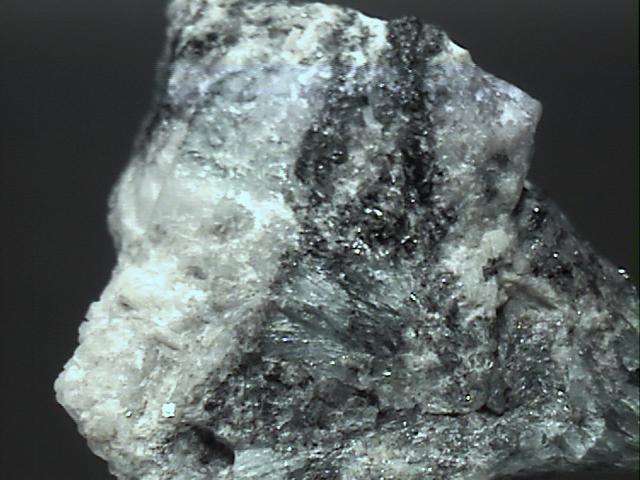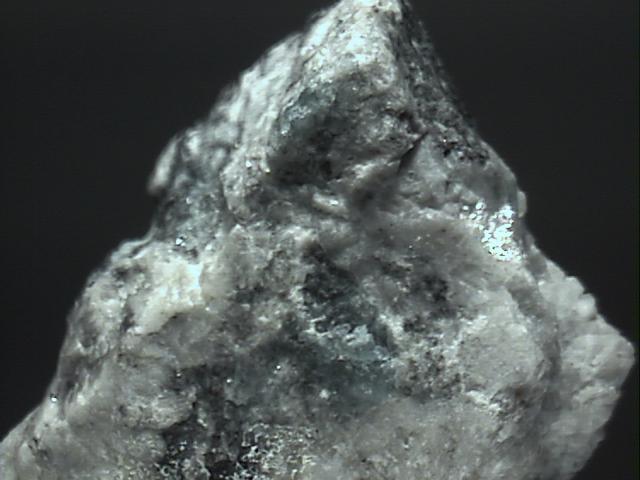 THE MINERAL KOVDORSKITE
THE MINERAL KOVDORSKITE
- Chemistry: Mg5(PO4)2CO3(OH)2 - 4.5H2O, Hydrated Magnesium Phosphate Carbonate Hydroxide
- Class: Phosphates
- Uses: Only as mineral specimens.
Specimens
Kovdorskite is yet another entry in a long list of rare and obscure Kola Peninsula minerals. Kovdorskite, which is named after the Kovdor Massif on the Kola Peninsula in artic Russia, was first discovered in 1969. It is found in a rare type of rock called a carbonatite. A carbonatite is an igneous rock composed mostly of dolomite and calcite. This particular carbonatite contains unusual phosphate minerals such as collinsite,
Kovdorskite's formula is sometimes written without the carbonate group ( CO3) and is written as: Mg2PO4(OH) - 3H2O. This is the older version of the formula, but the carbonate group should be included to give a more accurate expression of the mineral's chemistry.
From the time of kovdorskite's discovery it was almost completely unknown to the mineral community . . . at least until recent discoveries of this rare mineral. Excellent crystals are just now available to collectors. This is a very good thing as kovdorskite is a very handsome mineral. Althought the color is often pale or absent, crystals are still usually well formed and striking. Their monoclinic, blocky to prismatic habit is similar to some feldspars with angular faces forming complex terminations. This is a rare mineral with unusual chemistry, origin, occurrence and assortment of associated minerals. Its beauty is just a great bonus.
PHYSICAL CHARACTERISTICS:
- Color is a pale blue, greenish blue and colorless; more rarely pink to pale rose. Some individual crystals show color variance from blue to colorless to pink in the same crystal.
- Luster is vitreous.
- Transparency crystals are transparent to translucent.
- Crystal System is monoclinic; 2/m.
- Crystal Habits include blocky to prismatic crystals with angular termination faces.
- Cleavage: is absent.
- Fracture: Conchoidal.
- Hardness is 4.
- Specific Gravity is approximately 2.60 (slightly below average).
- Streak is white.
- Associated Minerals include
dolomite,
magnesite,
hydrotalcite , pyrite, collinsite,bobierrite andmanasseite . - Notable Occurrence is limited to the Kovdor Massif, Kola Peninsula, Russia.
- Best Field Indicators are crystal habit, locality, associations, low density and color.






